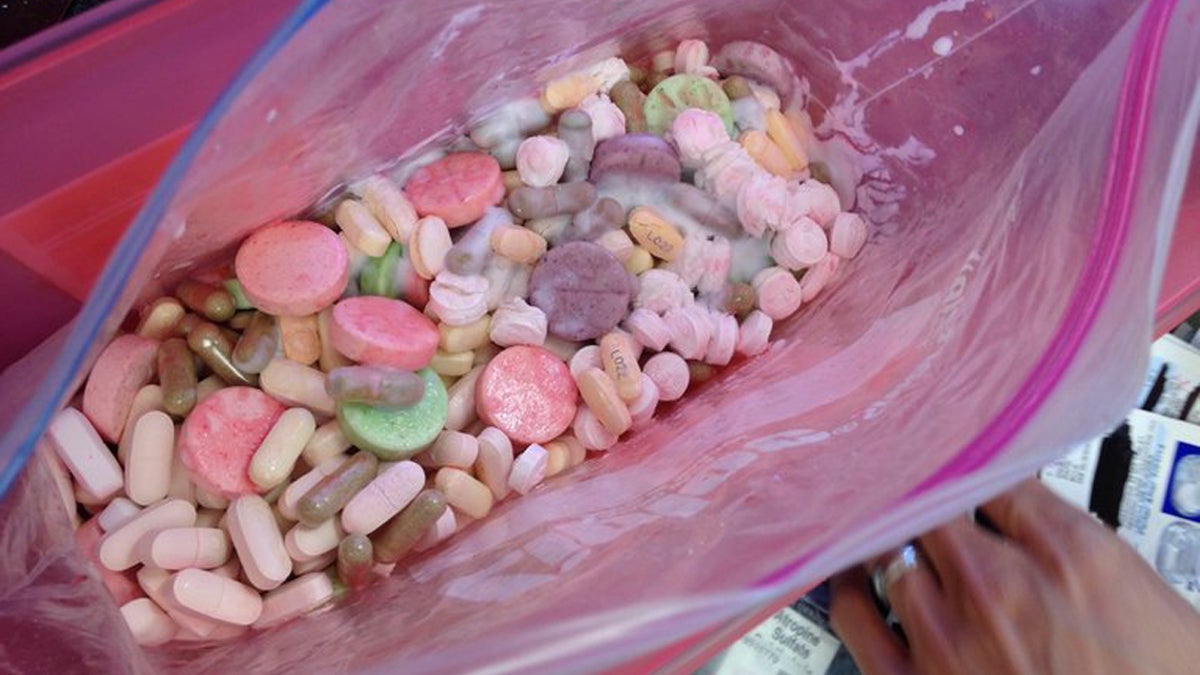The shocking cost of wasted prescription pills
Listen
A bag of various unused
Every few months, typically Friday nights around 6 p.m., nurse Deane Kirchner throws what she calls a drug party.
Except, she says, there’s nothing fun about it.
“I think if the public knew how we had to destroy so many drugs, they would be surprised,” she says.
Just like in nursing homes around the country, Kirchner has excess drugs on hand because a patient may go home before finishing a prescription, or have an allergic reaction three days into a 30-day supply, or may pass away.
And people in nursing homes are typically on lots of medications. By law, nursing homes are forbidden from dispensing pills to other patients, even if the person down the hall has the same prescription.
So perfectly safe, up-to-date medications, already paid for, often by federal or state governments, are being cooked into healthcare concoctions in more than 16,000 nursing homes and other long-term care facilities around the country.
Data on this stuff is hard to come by. University of Chicago researchers put together an estimate for Marketplace: as much as $2 billion dollars a year of drugs that go into these long-term-facilities is being wasted.
Reusable meds are being thrown out. But one in four people struggle to afford their prescriptions. That makes no sense to George Wang of the California-based nonprofit Sirum, which wants to reduce prescription waste.
“I think lots of people can understand why there is such a desire to find an appropriate outlet to take that medicine and get it out of the waste stream and into someone’s hands,” he says.
Sirum says $700 million worth of medications can be salvaged each year – some 10 million prescriptions.
The nonprofit has developed software to make it easy and cheap for nursing homes to ship unused drugs to pharmacies that will dispense it to low-income and uninsured folks.
Sirum’s not alone in this line of work.
Click through to continue reading on MARKETPLACE.
WHYY is your source for fact-based, in-depth journalism and information. As a nonprofit organization, we rely on financial support from readers like you. Please give today.

